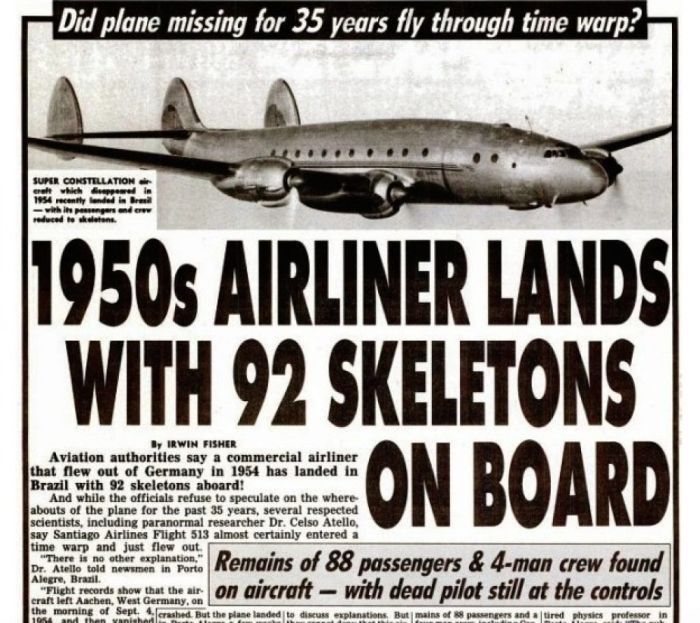Asked
Modified 4 years, 3 months ago
Viewed 888 times
$\begingroup$
On cars, it is often to replace all four tires at the same time. Is this true also for aircraft?
I imagine the nose gear and main gear probably can be replaced at different intervals. However, are tires within the same gear assembly replaced together? What about left and right gears? For example, is it ok to replace all tires on the left gear only while keeping old tires on the right?
$\endgroup$
4
$\begingroup$
Nope. . they are replaced 'on condition'. Exception is when one tyre has deflated before landing (cockpit indication and later confirmed) then the good tyre on the same axle has to be replaced irrespective of condition.
Tyres have a hard life and get damaged by rubbish on the runway and stand. Also airplanes don't always hit the ground straight .. when they come in at an angle it wears the side of the thread more on that tyre.
$\endgroup$
2
$\begingroup$
Airline tires are replaced on-condition and are generally recapped until the tire carcass condition deteriorates or is damaged to the point recapping is no longer viable. There is no regulatory limit, at least in North America, on the number of times a tire can be recapped if the carcass is serviceable.
$\endgroup$
$\begingroup$
On small planes, tires & inner tubes are used, not like cars which use tubeless tires.
Tires are also different sizes & plys. For example, my POH (Pilot Operating Handbook) calls for 4 ply 5"x5 nose wheel and 6 ply 6"x6 main gear. I recently had a pinhole wear thru on a main gear tire, so it went flat after 2-3 days, requiring a tube change. The tire itself was fine.
So changing the parts that are worn is the norm.
$\endgroup$
Sign up using Google
Sign up using Facebook
Sign up using Email and Password
Required, but never shown
Required, but never shown
By clicking “Post Your Answer”, you agree to our terms of service, privacy policy and cookie policy
Ask Question
Asked
Modified 4 years, 1 month ago
Viewed 21k times
$\begingroup$
I imagine that the tires on commercial jets wear out pretty fast with all those squealing landings as the tire suddenly has to spin up from zero to the speed of landing.
2 questions:
How many landings does any average commercial airliner tire last before it is discarded?
Before landing, why not have a small motor assembly on the landing gear to spin up the tires to the correct speed? Surely this would avoid the degrading tire burn. The tire might last a lot longer and might even offset the cost of the motor assembly.
$\endgroup$
6
$\begingroup$
I've heard that airliners' tires will last about 200-250 depending on how many hard landings are made. Bizjet tires will last longer, and light aircraft tires will last indefinitely, depending on how gentle you are and what kind of surface you're landing on. I had one start cracking around the wall and just looking unsafe long before the treads ever started to wear.
As for the spin-up idea, it's been proposed many many times, but generally always rejected due to weight and maintenance costs. However, now that fuel is by far the main expense in an airliner's trip, companies are looking for any way to reduce fuel burn. As it turns out, taxiing an airliner burns quite a bit of fuel. They've already started turning one engine off for long taxis, and I think that electric wheel motors will be the next big thing.
The motors have gotten light enough and strong enough that they are a now a viable option. They can be powered by the APU or by a set of batteries (which are also now becoming light enough, see the 787 when they get the kinks worked out). So when they get around to putting them on aircraft for taxiing purposes, you can bet that they'll be spun-up right before landing.
$\endgroup$
6
$\begingroup$
Although tyres can wear out "pretty fast" with numerous landings however as long as the carcass is in good condition then the tyre will go for a retread rather than be discarded.
So from a purely economic point of view I suspect a retread is the cheapest option rather than trying to develop elaborate systems to extend the life of the tread. The other issues I can see with spin up motors is lack of space and temperatures. There is very little room inside a wheel rim for any motors, they are filled with multi-plate disc brakes. The brakes get very hot when braking and would be a very harsh environment for any motor. So far simpler and cheaper to retread the tyre when it starts to get worn out.
$\endgroup$
$\begingroup$
This article would lend a number of roughly 240 landings per set of tires
an A340 will complete roughly 6,000 take-offs and landings, calling for about 25 sets of replacement tires
Since some aircraft tires can be remolded and to a large extent recycled they are a fairly decent part. In the end of the day the tires are sacrificial by design, its simply easier and cheaper to replace tires every 240 landings than maintain some complex spin up system or use some pricey material (which may or may not exist) that wears slower.
In response to this half of the question
Before landing, why not have a small motor assembly on the landing gear to spin up the tires to the correct speed? Surely this would avoid the degrading tire burn. The tire might last a lot longer and might even offset the cost of the motor assembly.
Take a look at this similar question but basically in short there are a few issues with pre spinning tires even if the system was viable from a weight standpoint. They did some research on it back in the day and found that pre spinning does not really reduce wear significantly (more on that in the linked answer).
$\endgroup$
90,000 after how long the tires for the aircraft are changedHome »Spare parts
Published
Content
Passenger aircraft, which is in constant operation, gains up to several thousand kilometers on the ground in a year - during taxiing, takeoff and landing.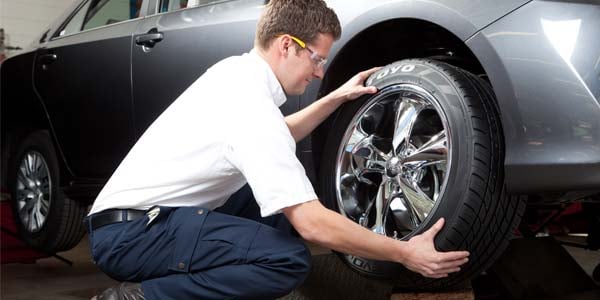 Of course, tires wear out during this time, and they have to be changed periodically.
Of course, tires wear out during this time, and they have to be changed periodically.
Tires are inspected after each flight. During the inspection, the technicians fix whether there are cuts, cracks or potholes on the surface. If such are found, then the tire is subject to repair, but not more than five times over the entire period.
Special markers on the tread also let you know if the tire is still fit for use or needs to be replaced. According to statistics, the average operating time of one tire is about 10-15 flights. At the same time, more rubber abrasion is allowed in summer than in winter, since in winter more grip is required with the runway due to the presence of ice and snow.
It is clear that such frequent tire changes are costly for airlines, but for most airlines, passenger safety is a priority.
Travel all over the world at prices lower than on the sites of airlines companies and meta search engines. Mobile application app.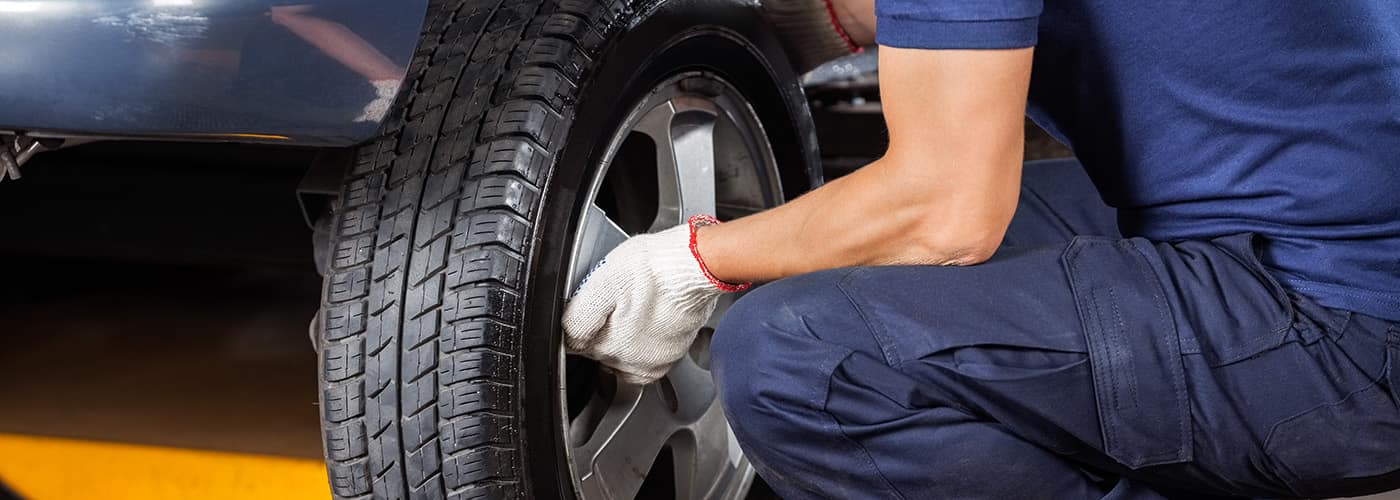 c ity.travel is the best assistant in finding and buying tickets for regular and charter flights! City.Travel - travel by your rules!
c ity.travel is the best assistant in finding and buying tickets for regular and charter flights! City.Travel - travel by your rules!
Subscribe
to our mailing list
Russian Railways announced that this summer schoolchildren will be able to travel around the country at half price. Thus, the railway monopoly expects to increase the popularity of domestic tourism.
For the first time in civil aviation, a passenger flight took place without the participation of a pilot. According to most experts, unmanned flights are the future.
The town of Annecy is called the French Venice for a reason. The city is riddled with canals, and in terms of its picturesqueness it is in no way inferior to its older brother. Located almost at the Swiss border at the foot of the Alps, Annecy really deserves special attention from tourists.
You may have noticed that the windows in the cockpits of passenger aircraft open. But not for airing, and even more so not so that pilots can take spectacular selfies. This is actually done for security reasons.
Source
The modern aircraft tire is a complex, high-tech structure designed to handle enormous speeds and loads at the highest possible weight and size. Despite this, the tire is one of the least understood and most underestimated elements of an aircraft. Everyone will agree that they are "dirty, black and round." But in reality, an aircraft tire is a multi-element component constructed from three materials: cord, rubber, and metal. By weight, an aircraft tire is 50% rubber, 45% cord and 5% metal. Digging into the component materials in more detail, you can see the different types of rubber compounds and nylon cords. They have their own special properties for the successful completion of tasks.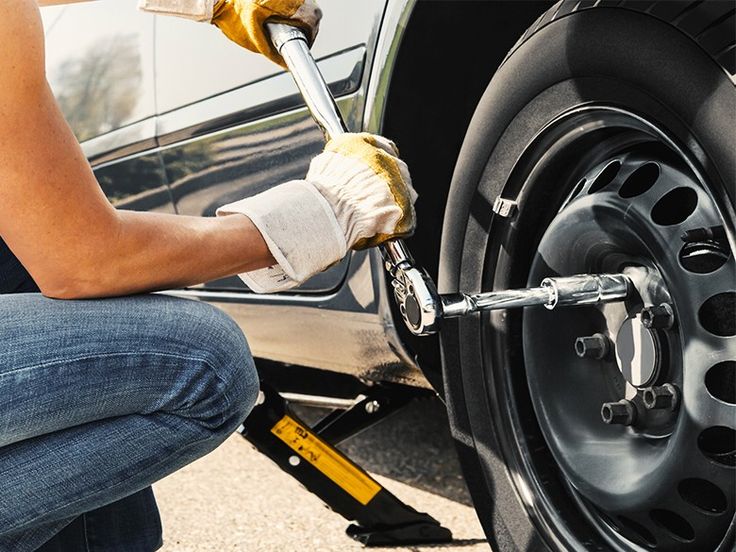
All aircraft tires can be divided into 2 categories:
Before mounting the tire on the aircraft wheel, a series of tests are carried out on it.
These test checks are divided into static and dynamic.
Static
1. Strength test under internal hydraulic pressure. Method: a tire is mounted on a test wheel and pumped with water to the point of rupture. For a certain time, the tire must withstand the load without destruction.
2. Determining the tire pressure on the wheel rim. One of the methods is copying. Place one copy sheet between two sheets of plain paper. Then this paper "structure" is installed between the wheel flange and the tire bead. Next, the tire is pumped up. When the heel of the wheel bead touches the vertical surface of the flange, the fit pressure on the rim is recorded. This will be reflected in the form of a trace on plain paper from the copy sheet.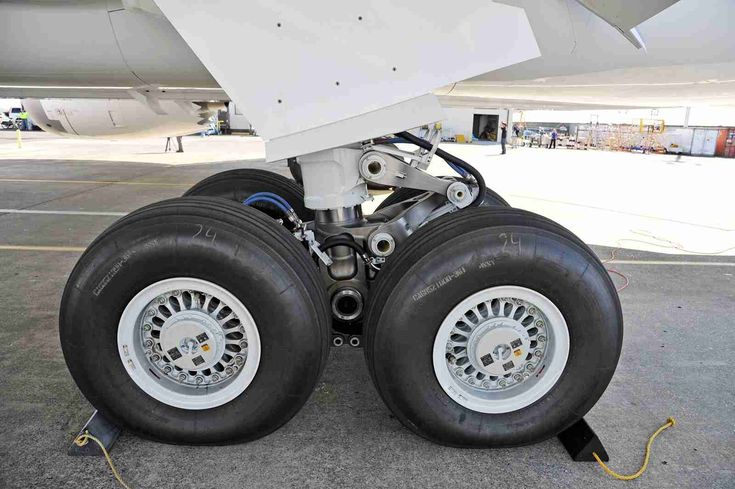
3.Identification of the tightness of tubeless aircraft tires. The tire is inflated to the maximum pressure and kept at the same temperature for a certain time. During this time, the pressure inside the tire decreases due to the increase in its dimensions. Next, measure the pressure difference, how much it fell over the allotted time.
4. Determination of tire dimensions. The aircraft tire is installed on the wheel, pumped up to the maximum nominal pressure. A certain time is kept at room temperature. After the end of this time, the tire is pumped up to its original value. Then the following values are measured: outer width, outer diameter, width and diameter along the shoulder area.
Dynamic
The influence of the curvature of the drum is taken into account.
2. Carrying out dynamic tests of tires in conditions as close as possible to operation: for speed, load, etc.
How to change jet tires
Aircraft tires are admired in the air and safe on the ground.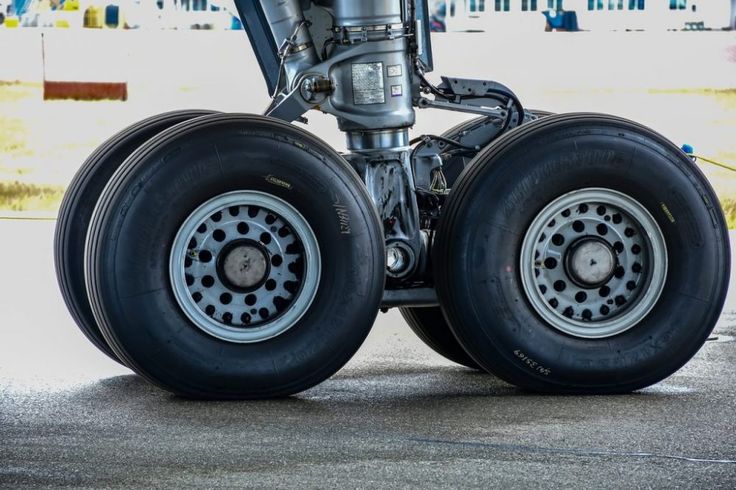 But landings and takeoffs have a negative impact on their condition.
But landings and takeoffs have a negative impact on their condition.
During the year, an aircraft travels a distance of 8 thousand kilometers on the ground, taxiing, maneuvering, flying in and landing. Contacts of aircraft landing gear elements with the runway strongly affect tire wear. Changing tires is a real problem for airlines because it costs a lot of money, but for air carriers, safety always comes first. A qualified team of tire fitters is required to complete the change within 30 minutes.
Frankfurt has one of the busiest international airports and is home to one of the largest airlines, Lufthansa.
The aircraft taxis to the parking lot, a team of specialists begins work. The beginning of the process is very similar to replacing car tires, the only difference is that if the car has 4 wheels, then the aircraft has as many as 30. Blocks of 8 pieces are located under the nose and wings and are attached to the so-called. carts. The trolley is lifted using a jack. The jack's hydraulic pump uses the pressure inside the tire.
The jack's hydraulic pump uses the pressure inside the tire.
after an emergency landing
Having lifted the structure, the team removes the wheel. First, the specialist unscrews the fixing nut. From the skillfully honed movements of the mechanics, it can be seen that the work is ordinary. The price of a mistake is high and is measured by the lives of people who will fly this plane. Mechanics need to know when it is time to change a tire. Diagnostic markers for this are located in the tread grooves. If these indicators are not visible, then the tire needs to be changed.
When you remove a tire, you can see its huge dimensions: width - 0.5 m, diameter - 1.5 m.
Aircraft tires are under enormous stress. For several hours they are in conditions of very low temperatures, and during the landing of the aircraft they pick up speed up to 280 km / h. When landing, the tire temperature is 260°C. Why, then, do these components not explode in the air and burst on contact with the runway pavement?
The secret is inside the tire: it is not filled with compressed air, like a tire, but with nitrogen gas.